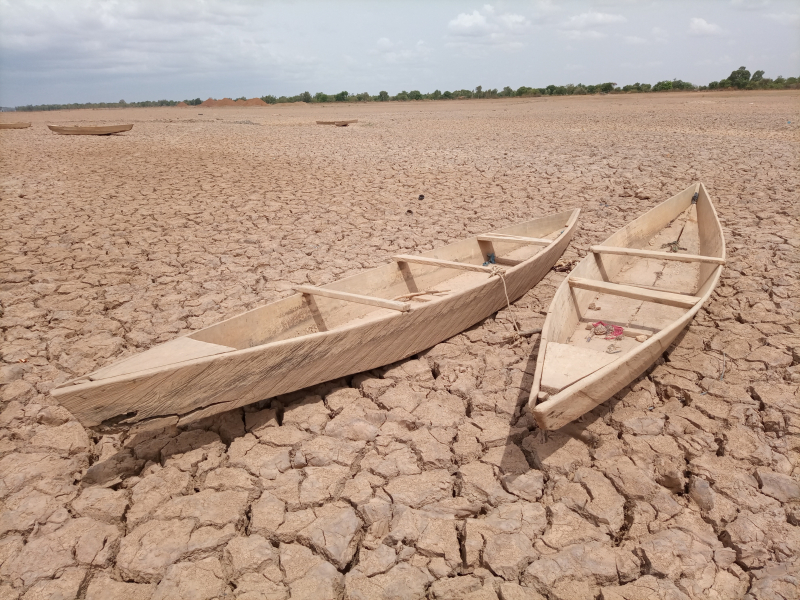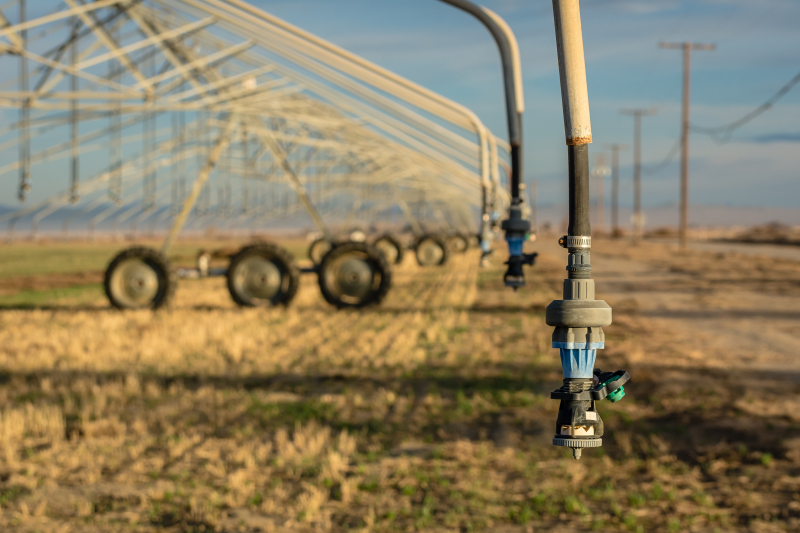Drought conditions
Drought conditions occur when there is a prolonged period of below-average precipitation, resulting in reduced water levels in rivers, lakes, and reservoirs. California has been facing its worst drought in over a century, which has put significant stress on the state's water supply. In fact, California has been in a drought for nearly a decade, with the state experiencing five of its driest years on record since 2011.
The lack of rainfall has led to a significant reduction in the amount of water available for use in California, particularly for agriculture. The state's agricultural industry is one of the largest in the world, and it requires vast amounts of water to irrigate crops. The reduction in water supply has led to lower crop yields, higher food prices, and even the loss of jobs in the agricultural sector.
Furthermore, the drought conditions have also led to a rise in wildfires, which have further exacerbated the state's water shortage. The wildfires have destroyed vegetation that would have otherwise absorbed water and reduced soil moisture, making it harder for the soil to retain water when it does rain.
The impact of drought conditions has been felt across the state, with some communities being hit harder than others. In many areas, residents have been forced to reduce their water usage, with restrictions placed on outdoor watering, car washing, and other non-essential activities.
The state government has taken several measures to address the water crisis, including investing in water conservation efforts and infrastructure improvements. However, the severity of the drought conditions means that more needs to be done to ensure that California has a sustainable water supply for the future.








